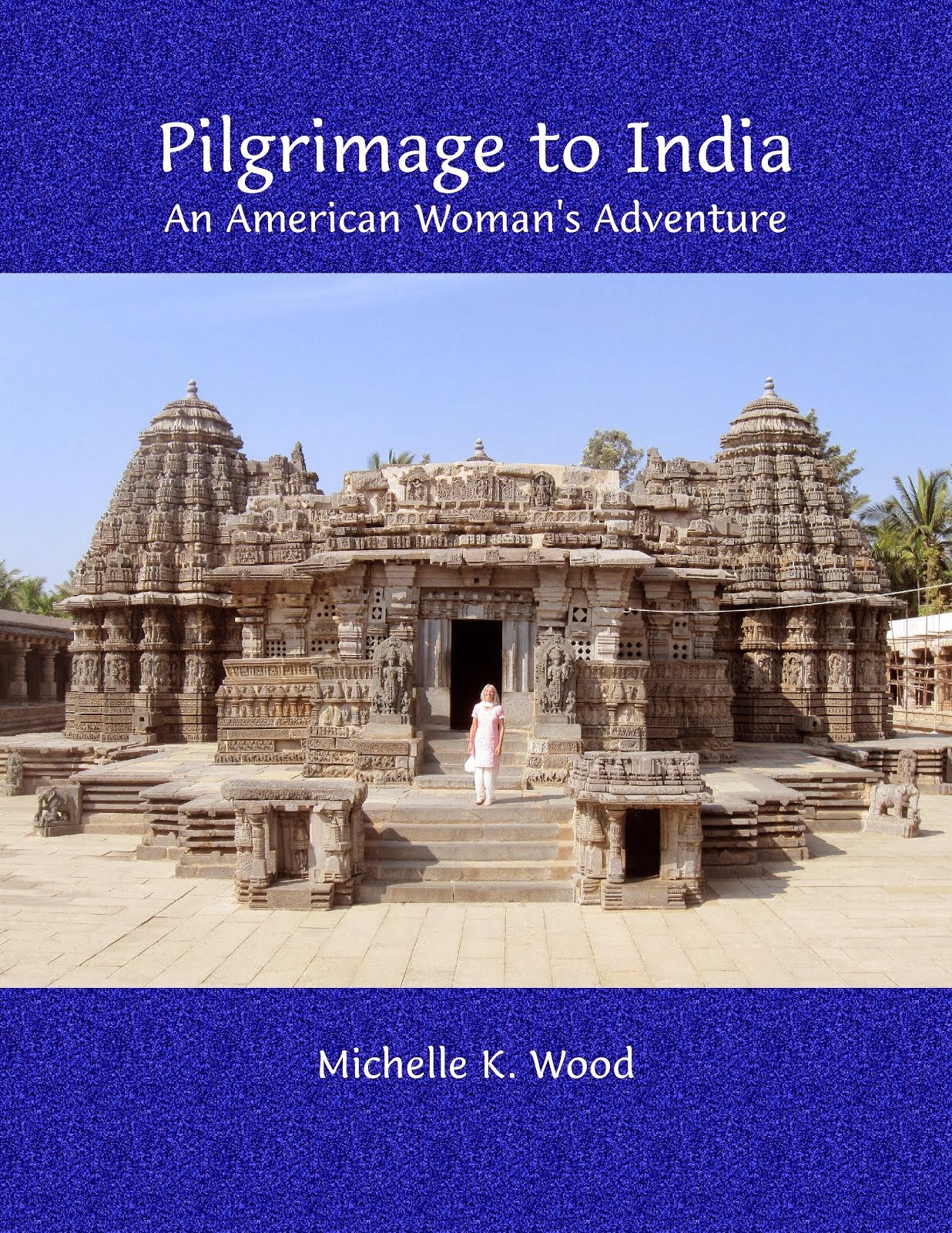It's called the Exposure Triangle....and seems to be one of the most confusing things in photography although it shouldn't be! I've included graphics for linear and circular thinkers...something for everyone!
So, what is it anyway? The exposure triangle is three settings that go hand-in-hand that let you create amazing photos: ISO, Shutter Speed, and Aperture.
Today, I'll cover Aperture. Ninety-nine percent of the time, I shoot in Aperture Mode on my Nikon D3200 because my general area of interest is floral closeups and landscapes - talk about being on opposite ends of the spectrum! - so I do a lot with Depth of Field.
Aperture is the size of the opening of your lens. I'll not go into what all the stops mean, but aperture is measured in f-stops. It seems counter-intuitive, but low number = wide open lens, high number = very small opening in lens.
Depending on your lens, it can be a very low number (wide-open) f1.4 or very high number (barely open) f32. Think of it like a cat's eye:
When the pupils of a cats eyes are wide open, they let in a lot of light that allows them to see in the dark. A wide open lens also lets in more light and takes better photos indoors or in low light.
When the cat's pupils are narrow slits, usually when the environment is very bright. Just like an f32 setting, they let in very little light because the area is bright. Too much light - over exposed photos - lose most of the detail, it's just too bright. (Conversely, an under-exposed photo is one where there was not enough light.)
Wide open pupils - Aperture small number i.e. f1.4, f2.3, f3.4, etc. - lets in a lot of light. Blurs the background (called bokeh).
Nearly closed pupils - Aperture large number i.e. f24, f32, etc. - lets in a small amount of light. Focuses the background.
(These are NOT my cat photos.)
Aperture controls that mysterious thing called Depth of Field which represents 'how far can you see clearly and in detail?" and applies to your background.
If you want a closeup of a flower in your garden and a blurry background
(called 'bokeh'), or if you are shooting in a dim indoor setting, you will want an aperture number that is a small
number but wide opening that lets in lots of light, say f1.8 or f2.8.
If you want your background to be in detail - as you might with a landscape shot with meadow in the foreground and mountains in the background - you will want an aperture number that is pretty high such as f18, f22, etc. It sees clearly at a distance.
Note that not all lenses offer all apertures! When looking at a zoom lens, for example my Nikkor 55-200mm, says on the box f/4-5.6. This means that at 55mm the smallest aperture (widest opening) this lens can provide is f4, and zoomed out to 200mm the smallest aperture this lens can provide is f5.6. On the narrow side (high number, tiny opening), 55mm will go to f22, and 200mm will go to f32.
The best way to understand aperture is to play with it. I have taken my camera set up on a tripod and taken photos of the exact same subject at different f-stops, starting with wide open (low number) and going to very small opening (high number), then comparing the clarity of the backgrounds. This is best done outdoors where you have some distant details to work with, like down the street, or out in nature with hills/mountains in the background. It's a great way to learn what the different stops do, and really shows the meaning of 'depth of field.'
You can see why it's important to have an idea of what you want to shoot before you purchase a lens. Will you be shooting indoors or in low light, or outside in bright light? Do you want closeups or wide angles? A lot of detail throughout your photos, or an artistically blurry background (bokeh) with your subject in perfect clarity and detail?
Next time, I'll cover another aspect of the exposure triangle. Meanwhile, here are a couple of diagrams to help.
.
.
.






